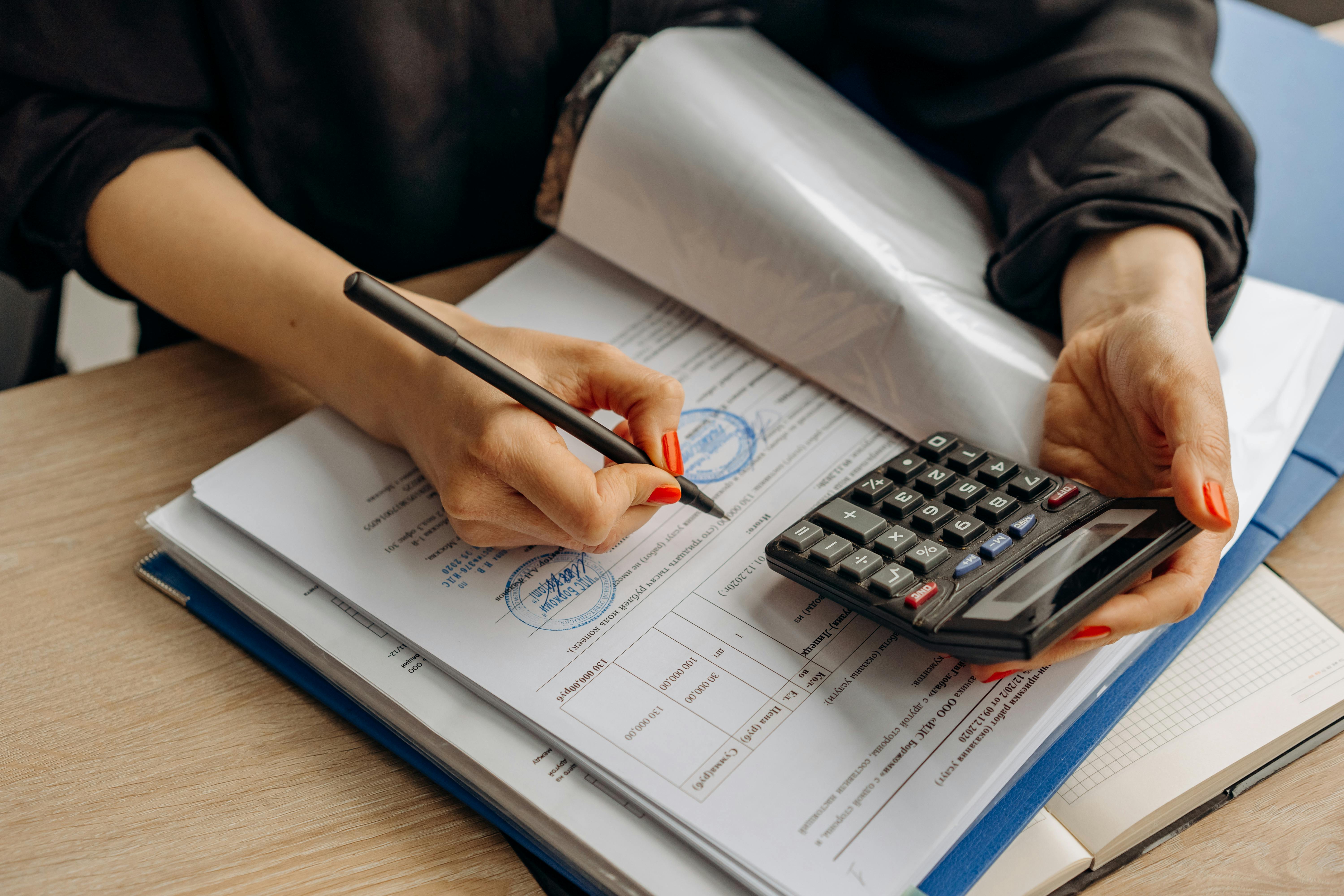Being an avid book reader, I found the truth in this proverb only during my visit to China. China is exactly as you would imagine it after you read numerous travel guides and yet it is completely different, surpassing expectations and surprising travellers.
Europa Media is a partner in the LinkTADs project and I travelled to Shanghai in October to represent the company at two project events – the first progress meeting and the workshop on Vaccine and Diagnostic Technology Development on Transboundary Animal Diseases and Zoonoses.
My first impression of the city, which lingered throughout the whole trip, is the absolute need to line up for everything: catching a taxi at the airport (40 min), checking in at the hotel (50 min), buying a ticket at the train station (45 min), and checking out of the hotel (40 min). As the agenda for the project meetings was extremely busy and I was working hard (delivering 3 presentations, consulting partners on project management and planning issues, taking notes and writing reports), I would have much rather discovered more of Shanghai instead of wasting that time on queuing.
--> Tip#1 for busy China visitors: be sure to have your destination written in Chinese, when trying to get a taxi as most taxi drivers hardly speak any English and are afraid to stop and pick up foreigners. Even though Chinese partners were surprised to hear this, but 20 taxis passed by us without stopping.
Regardless of my intensive schedule, I made sure to see famous sights of Shanghai (time management skills are very useful in such cases). I realized that Shanghai is an eclectic, modern and rather crowded city with ancient history and traditions, breathtaking night-time skyscraper views, wide, busy boulevards with thousands of honking cars, a large selection of interestingly shaped street food, fancy shopping areas and narrow old streets with handmade goods, endless selection of souvenirs, beautiful temples alongside poor neighbourhoods, puzzling subway networks and many other things that are so different for people coming from Europe.
 Street food in China (Photo by Daniel Beltran-Alcrudo, FAO)
Street food in China (Photo by Daniel Beltran-Alcrudo, FAO)
--> Tip#2: Do not use outdated travel guides. Otherwise, you might, for example, end up standing in front of two skyscrapers, when looking for the Old Spice Market.
Coming back to the professional routine, there are several things that should be pointed out. Firstly, even though I was prepared to have Google Search, Google Maps, Gmail, Facebook, and Twitter blocked, it was still difficult to check a number of websites quickly. Many pages took too long to load and some emails could not be sent out or were sent twice.
Thus, it was quite challenging to search for relevant information. Secondly, an annoying case of jet lag (I was wide awake until 4 a.m.) actually saved me a lot of time as I used the opportunity to write reports.
Participants of the 1st LinkTADs Progress Meeting
--> Tip#3: Check the list of websites allowed through the Great Firewall of China before you leave and be prepared to use your work email address or national email accounts for correspondence. High speed Internet in China does not necessarily mean the same as in Europe. Most importantly, learn how to google without Google :)
--> Tip#4 for those who have one day in Shanghai and would like to spend it in an unconventional way. It might be not the best idea to take the 45 minute taxi ride all the way to the airport in order to catch the fast train (which, by the way, reaches 300 km/h) to the little town of Suzhou to see the Classical Gardens (they are included in the UNESCO World Heritage list) but it’s definitely adventurous. Even though we followed tip#1 for the way back, we still ended up at the wrong train station and had to kindly ask ticket controllers to let us in with the tickets for another train (which was luckily headed for the same destination:)
 (Suzhou Gardens (Photo by Daniel Beltran-Alcrudo, FAO)
(Suzhou Gardens (Photo by Daniel Beltran-Alcrudo, FAO)
Apart from taking photos with the Bund skyline (go there in the evening when the skyscraper lights are on) and a visit to the City God’s Temple, I recommend walking around the Sculpture Park (an example of modern urban planning hosting many contemporary sculptures). Finally, make sure to take home Chinese tea. The importance of this Chinese drink may be seen in the meeting agenda’s “tea breaks” instead of the “coffee breaks” we are used to in Europe.






